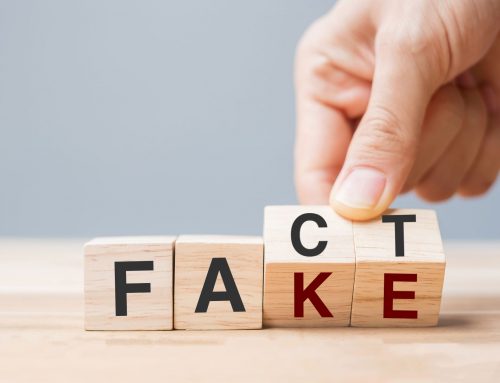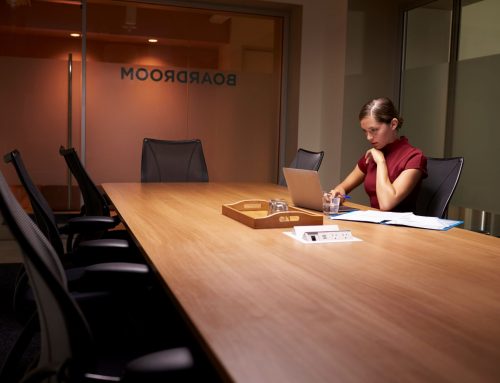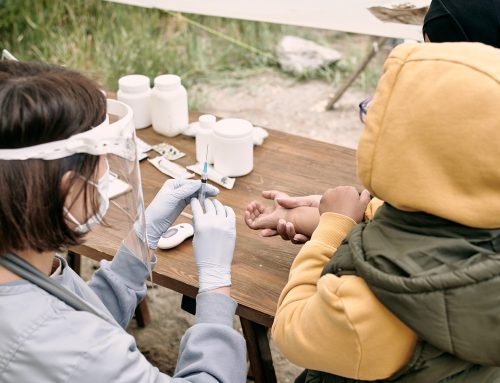Listen to the entire story on the Sustainability Unwrapped podcast by Hanken School of Economics
Electronic or e-waste is the fastest growing waste stream globally. In 2019, a record of 53.6 million metric tons of globally generated e-waste was reported. Electronic devices contain an extensive list of precious metals as well as harmful chemicals; if no product recovery procedures are applied, we lose scarce resources and create a negative environmental footprint.
Our smartphones and small telecommunication devices contribute to about 4.7 million tons of e-waste annually. Nowadays, smartphone consumers tend to keep their devices for longer time, however, the lifecycle of a smartphone is still only about 2 years on average.
How can we prolong the lifecycle of smartphones and reduce the amount of e-waste, meanwhile changing the consumption habits of consumers towards more sustainable alternatives?
We had a conversation with Felipe Cañete, Business Development Manager from Swappie, a Finnish iPhone refurbishing company, about the reuse of smartphones and consumer perspective on purchasing refurbished devices. Here are a few highlights from our discussion:
Anna: What does “refurbishing” mean and how does it help the e-waste problem?
Felipe: When a device has a malfunction, for example, a broken screen, old or broken battery, or any other faulty component, such device can be refurbished. In other words, it can be repaired so that it functions again exactly as a new one.
That’s what we do at Swappie: consumers can buy used iPhones through our website that work as new for affordable prices. Our mission is to make buying refurbished devices mainstream. Purchasing refurbished instead of a new device reduces CO2 emissions by about 72% (~48kg per device) as most of the carbon footprint is caused in the manufacturing process.
Anna: Are you able to reuse and refurbish all second-hand smartphones that you get from the end consumers?
Felipe: When we receive smartphones from the end consumers, we evaluate their condition. We identify the devices that can be reused as such or need to be refurbished (repaired in one way or another). We also receive devices that have no value. About 50% of all smartphones can be reused and it, of course, varies a lot from old to new iPhone models. We try to save components and parts from devices that have no value and cannot be refurbished. We use these parts in our refurbishing process. For the rest, we have our certified recycling partners.
Anna: How is the industry of second-hand electronic devices developing?
Felipe: The industry of refurbished and second-hand electronics is growing very rapidly. It is estimated that the industry is becoming worth $40 billion by the year 2025. The industry is becoming more organized with refurbishing companies like Swappie that provide such alternatives for consumers. So, more and more consumers are changing to more responsible consumption alternatives that are better for the environment. Consumers start to bring their old devices for reuse and refurbishing and at the same time, consider buying a refurbished smartphone instead of a new one. We hope that this logic will also be applied in purchasing other types of electronics.
Listen to a full story in the podcast episode “We have an e-waste problem – How can smartphone refurbishing help?”
About the author: Anna Zhuravleva is a doctoral researcher at Hanken School of Economics. Her primary research interests are reverse supply chains, sustainability, product reuse, and recycling.




